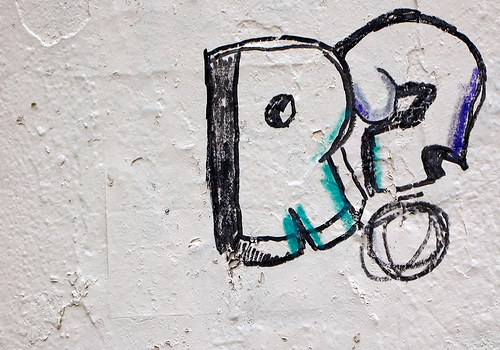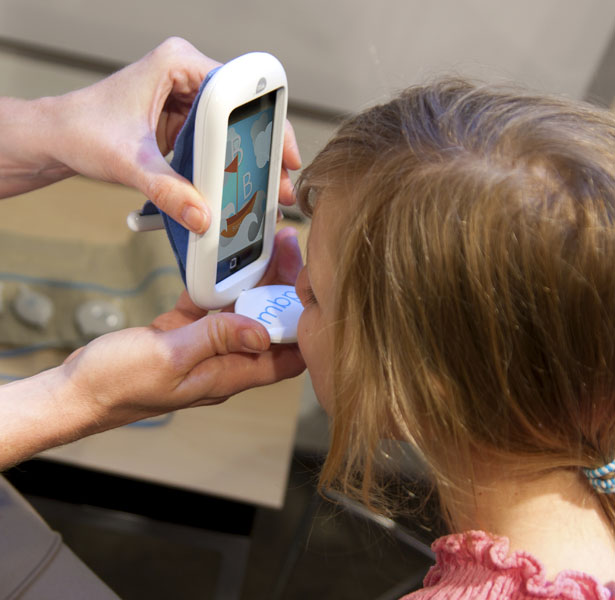Using Visual Biofeedback to Improve Treatment for R Productions
“R” can be a tricky sound to master and even trickier to teach. But if only visual biofeedback were around for Elmer Fudd, his ‘r’ sound might have improved, according to some researchers. While you might not have heard of visual biofeedback, the idea makes sense; seeing what you say could help you learn to correct it. While visual biofeedback is just one tool among many that might help SLPs tackle ‘r’ productions, it might just help clinician’s think about new ways of taking on classic childhood speech and language difficulties.
Developing R
In typical development, the “r” sound might not be mastered until age five or six. When it becomes a problem, however, is when it persists into the school years. But why is it so hard to teach?
First, it is particularly challenging to show children the exact placement of the articulators. It’s not as obvious as a “b” sound for example, where children can see the action and movement clearly. Further, ‘r’ occurs in many different forms and positions of words. A final “r” sound is much different than an initial one, creating not just one challenge, but potentially several.
Treatment Techniques
Because ‘r’ can be so challenging, you find a lot of SLPs have developed their own “tricks” and tips for teaching it and clear consistency among treatment methods can be hard to find. For this reason, it is essential to examine the evidence in any treatment method. Let’s look at Visual Biofeedback.
According to researcher Tara McAllister Byun of NYU, visual biofeedback, “enhances the sensory experience of producing a sound like /r/.” Byun says, “In addition to hearing the sound of speech, the child sees a visual display of her own speech and a model representing the correct pronunciation of the sound. The model creates a target. Using the visual display, the child can adjust her speech to achieve a better match with the target.” The difference she says is in seeing versus hearing the correct production, which can be tricky for some learners.
Of course biofeedback and multiple sensory modalities aren’t new, and in fact used in many treatments, such as for voice disorder patients. Some are even quite supported by research, but why aren’t clinician’s using them? One potential barrier is access to such technology and for some, a discomfort with new methods. As SLPs, it’s important to consider, again, all of the evidence for any new technique when treating speech sound disorders.
Why New Techniques are Important:
According to the National Institute on Deafness and Other Communication Disorders, approximately 10 percent of preschool and elementary school-aged children are affected by speech sound disorders, making speech therapy an important component of learning for many children. With advances and new technology, speech pathologists should consider a variety of tools in tackling ‘r.’




